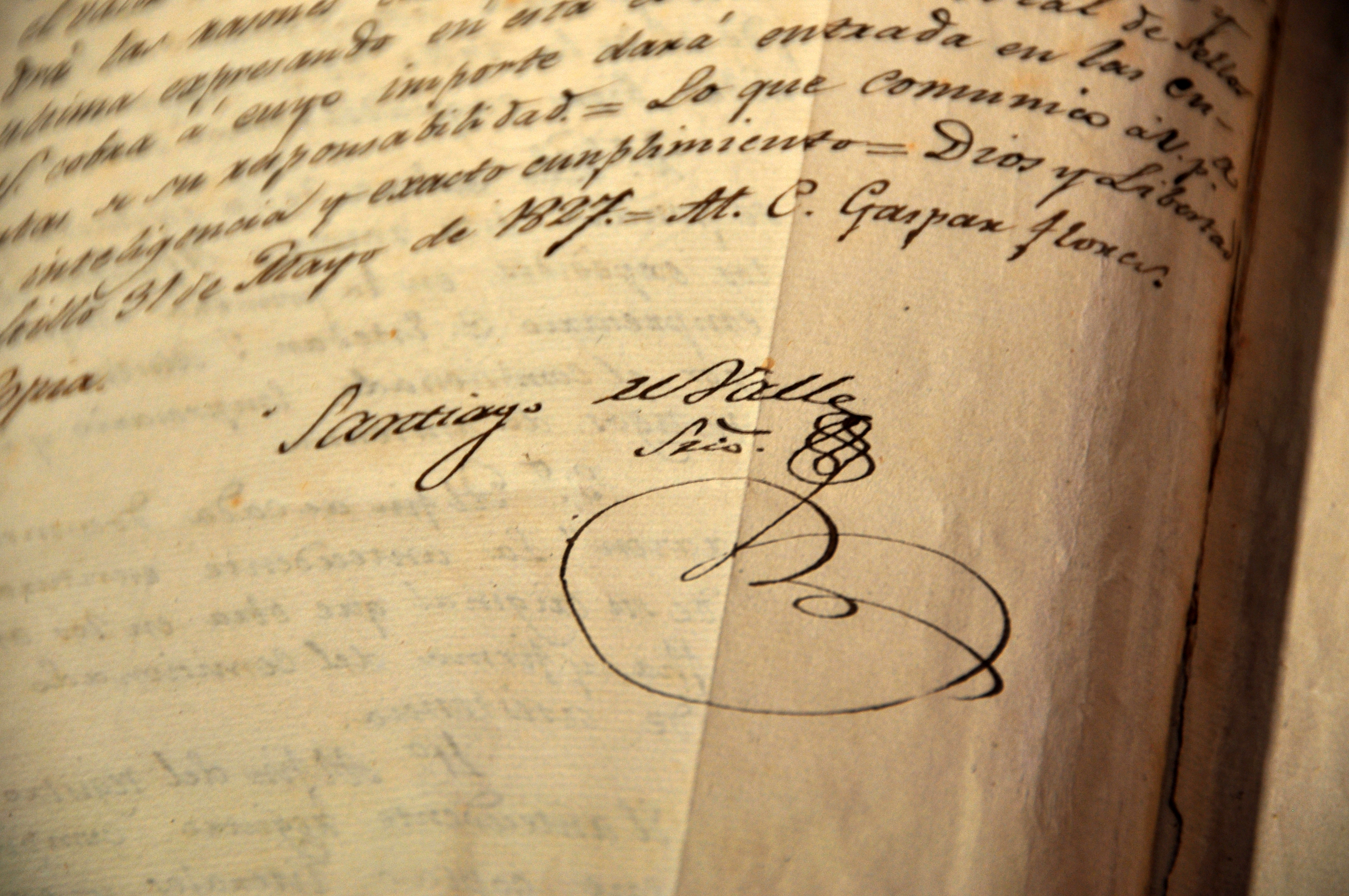County/Region:
Project Partner/Recipient:
Weeks Marine, Inc
Summary:
County/Region:
Jefferson
Project Partner/Recipient:
U.S. Fish and Wildlife Service (USFWS)
Summary:
This project restored native dune habitat approximately 2000 west of Sea Rim State Park along the McFaddin NWR Shoreline.
County/Region:
Chambers, Jefferson
Project Partner/Recipient:
Jefferson County
Summary:
This pilot project restored three miles of much needed beach and dune habitat along the McFaddin National Wildlife Refuge shoreline.
County/Region:
Project Partner/Recipient:
Gahagan and Bryan Associates
Summary:
County/Region:
Jefferson
Project Partner/Recipient:
Jefferson County
Summary:
This project nourished and restored ~17 miles of beach and dune ridge along the shoreline of the McFaddin National Wildlife Refuge shoreline from High Island to Sea Rim State Park.
County/Region:
Jefferson
Project Partner/Recipient:
Jefferson County
Summary:
This project reduced the rate of shoreline erosion and loss of the existing beach ridge to protect the fresh to intermediate marshes of the McFaddin NWR from the increasing frequency of salt water inundation.
County/Region:
Jefferson
Project Partner/Recipient:
McFaddin NWR
Summary:
This project protected the access road to the Papco oilfield by reestablishing the dune system that was destroyed by Hurricane Ike.
County/Region:
Jefferson
Project Partner/Recipient:
Ducks Unlimited, Inc.
Summary:
County/Region:
Nueces
Project Partner/Recipient:
City of Corpus Christi
Summary:
This project provided beach nourishment at McGee Beach.
County/Region:
Coastwide
Project Partner/Recipient:
University of Texas at Austin
Summary:
County/Region:
Aransas
Project Partner/Recipient:
City of Rockport
Summary:
The City of Rockport acquired approximately 20-acres of undisturbed Live Oak/Red Bay habitat with a 3-acre fresh water pond that is located to the west and to the south of the Memorial Park property line.
County/Region:
Jefferson
Project Partner/Recipient:
Texas General Land Office
Summary:
This project stabilized a 1,400 foot shoreline with a vinyl sheet-pile bulkhead at Mesquite Point.
County/Region:
Coastwide
Project Partner/Recipient:
Texas A&M University - Corpus Christi
Summary:
Texas A&M University assessed the ingestion of microplastic in juvenile finfish and shellfish in Baffin Bay, Aransas Bay, San Antonio Bay, and Matagorda Bay.
County/Region:
Refugio
Project Partner/Recipient:
Texas A&M University
Summary:
Texas Water Resources Institute facilitated implementation of the management measures outlined in the I-Plan, engaged local stakeholders, expanded educational programs, and assessed water quality progress.
County/Region:
Calhoun
Project Partner/Recipient:
Texas R.I.C.E
Summary:
Texas RICE eradicated more than 200 acres of invasive water hyacinth from Mission Lake.
County/Region:
Matagorda
Project Partner/Recipient:
Port of Bay City Authority
Summary:
County/Region:
Cameron
Project Partner/Recipient:
University of Texas - Pan American
Summary:
University of Texas - Pan American characterized nutrient loading rates into the Lower Laguna Madre for the Arroyo Colorado and Brownsville subwatersheds by monitoring stream flow and water quality (particularly total nitrogen and phosphorus).
County/Region:
Nueces
Project Partner/Recipient:
Texas A&M University - Kingsville
Summary:
Texas A&M University–Kingsville developed reliable and site-specific decision support tools to balance needs for freshwater inflows and reduce impacts of excess nutrient inputs in Nueces Bay.
County/Region:
Coastwide
Project Partner/Recipient:
General Land Office
Summary:
The Beach Watch program will modernize the Beach Watch system and expand its capabilities to allow predictive modeling which will provide real-time, modeled information for the beach patron.
County/Region:
Nueces
Project Partner/Recipient:
Texas A&M University - Kingsville
Summary:
Texas A&M University - Kingsville will monitor sediment and nutrients loads into the Nueces/Corpus Christi Bay and address identified pollutant data gaps.








